If you have ever taken a nice, relaxing bubble bath only to find that the water won’t completely drain out when you’re done, then you know how frustrating this problem can be. A slow-draining bathtub is not only annoying, but it also has the potential to attract mold or cause standing water in your tub.
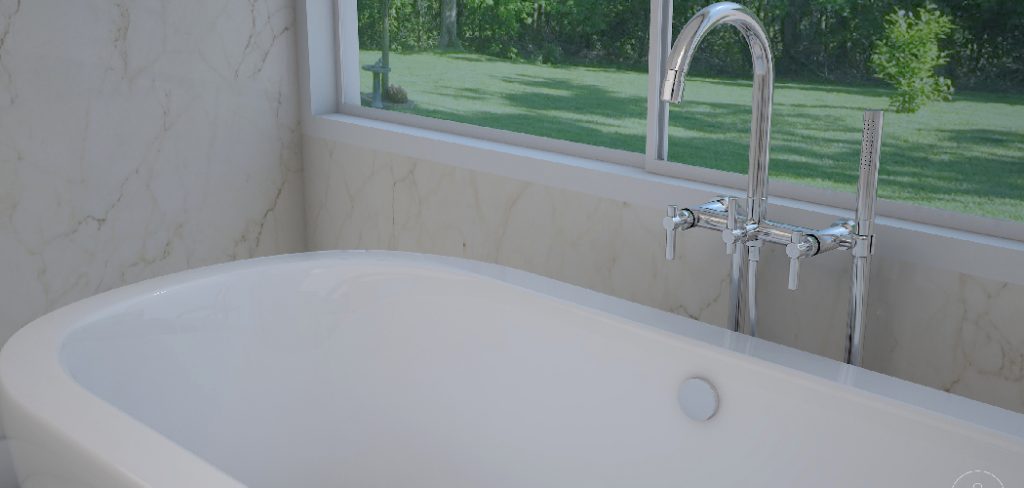
Fortunately, there are some steps how to fix slow draining bathtub without having to call a professional plumbing service. Follow along below for easy tips and tricks on restoring your bathtub’s drainage so that you can get back in the bubbles ASAP!
Does Baking Soda and Vinegar Unclog Bathtub?
A mixture of baking soda and vinegar is a great way to unclog your bathtub. Start by pouring 1/2 cup of baking soda down the drain followed by 1/2 cup of white vinegar. The combination will create a fizzy reaction, allowing it to break up any clogs or build-up in your pipes. Wait 15-20 minutes, and then flush with boiling water. Repeat this process a few times to make sure the clog has been completely removed. Additionally, you can add a cup of Epsom salt to the mixture for extra clout.
10 Methods How to Fix Slow Draining Bathtub
1. Don’t Pour Grease Down the Drain
One of the primary causes of slow-draining bathtubs is grease. When the grease cools, it can harden and adhere to the sides of your drain pipes. Over time, this buildup can narrow the diameter of your pipes, causing a decrease in water flow.
To prevent this from happening, avoid pouring grease down your drain. Instead, pour it into a container and dispose of it in the trash. If you do accidentally pour grease down your drain, you can remove the buildup by pouring boiling water down the drain.
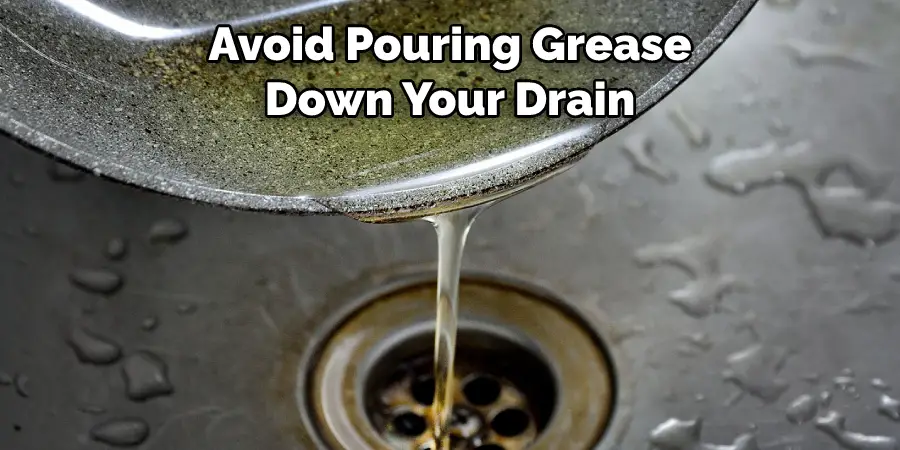
2. Use a Drain Cover
Another way to fix a slow-draining bathtub is to use a drain cover. A drain cover helps to catch hair and other debris before it has a chance to enter your pipes. This can help to reduce the amount of buildup in your pipes and improve drainage. If you have a removable stopper in your bathtub, you can purchase a drain cover that fits over the stopper.
If you don’t have a removable stopper, you can purchase a drain cover that fits over the entire drain opening. Drain covers are relatively inexpensive and easy to install. They are a great way to help improve drainage and prevent clogs.
3. Use Boiling Water
If you have a clog that is caused by grease or soap scum, you may be able to dissolve it using boiling water. Simply pour a pot of boiling water down your drain and let it sit for several minutes. Then, run hot water down the drain to flush away the clog-causing material. This method is relatively safe, but be sure to exercise caution when pouring boiling water down your drain.
Wear protective gloves and use extreme care so that you do not scald yourself. This method may also work on clogs caused by hair, as the boiling water will help dissolve any soap residue in the clog. However, if the clog is caused by a solid object like a toy or utensil, boiling water will not be effective.
4. Use Baking Soda and Vinegar
Baking soda and vinegar are two common household ingredients that can be used to clear clogs. To use this method, mix equal parts baking soda and vinegar and pour them down your drain. Let the mixture sit for several minutes before running hot water down the drain to flush away the clog.
Baking soda and vinegar are a natural, non-toxic way to clear your drains without the use of harsh chemicals. If the clog persists, you may need to use a plunger or snake to clear it completely.
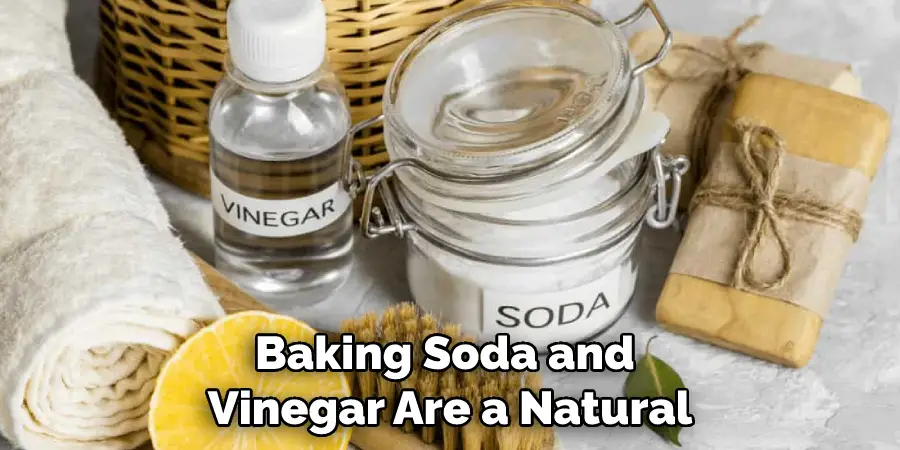
5. Use a Wire Hanger
If you have a small clog that is located close to the drain opening, you may be able to reach it with a wire hanger. Simply straighten out a wire hanger and insert it into the drain. Then, move the hanger around until you feel it touch the clog.
Once you’ve located the clog, pull it out of the drain and dispose of it properly. You may want to wear gloves when using this method, as it can be quite messy. Although it may not always work, it’s worth a try before resorting to other methods.
6. Use a Plunger
A plunger can be used to dislodge most types of clogs. To use a plunger, fill your bathtub with enough water so that the plunger cup is covered. Then, place the plunger over the drain opening and push and pull vigorously until the clog is removed.
Be sure to keep the plunger cup sealed against the drain opening at all times. When you are done, flush the drain with hot water to ensure all debris is cleared from the pipes. Make sure to clean the plunger after use. However, if a plunger does not work or if the drain is completely plugged, you may need to use a chemical cleaner.
7. Use Caustic Soda
Caustic soda, also known as lye, is a powerful chemical that can be used to clear stubborn clogs. However, caustic soda is also highly corrosive, so it should only be used as a last resort. To use caustic soda, mix one part caustic soda with eight parts water and pour it down your drain. Wait 15-20 minutes before flushing with hot water.
Make sure to wear rubber gloves when handling caustic soda, as it can cause skin burns. Additionally, use caution when using caustic soda near gas appliances, as it can create a dangerous chemical reaction. Be sure to use proper ventilation when using caustic soda.
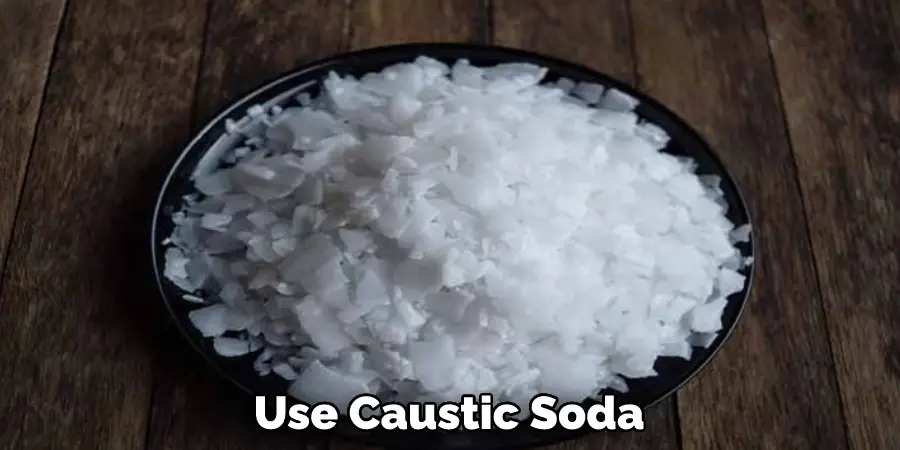
8. Use a Drain Snake
A drain snake is a metal cable that can be inserted into your pipes to break up and remove clogs. To use it, insert the end of the snake into your drain and move it around until you feel resistance. This indicates that you’ve located the clog. Once you’ve located the clog, twist the handle of the snake to break it up.
Then pull out the snake and dispose of the clog properly. If the clog isn’t completely cleared, you can repeat the process until it is. Be sure to use caution when using a drain snake, and always wear protective gloves. Additionally, make sure to do your research before using one, as some types of pipes and materials can be damaged by the metal cable.
9. Use Chemical Cleaners
Chemical cleaners are specially formulated products designed to dissolve grease and another buildup in drains. Follow all instructions on the packaging when using chemical cleaners, as they can be hazardous if used improperly. Wear gloves and safety glasses when working with chemical cleaners.
Be sure to rinse the drain thoroughly after use to make sure all residual chemicals are removed before using the sink again. However, be aware that these products can be corrosive and may damage some materials. If you have an older sink or pipes, check with a plumber before using a chemical cleaner.
10. Use a Professional Plumber
If all else fails, you can always call a professional plumber to inspect and clean your pipes. A plumber will be able to identify the source of your clog and remove it safely and efficiently. Additionally, a plumber may also recommend preventive measures that you can take in order to avoid future clogs.
Plumbers use specialized tools and techniques to remove a clog, so it’s best to leave this job in the hands of a professional. Be sure to research the plumber you’re planning on hiring, and make sure they are experienced and certified. Taking these steps will ensure your home is clog-free and your plumbing system stays in good condition.
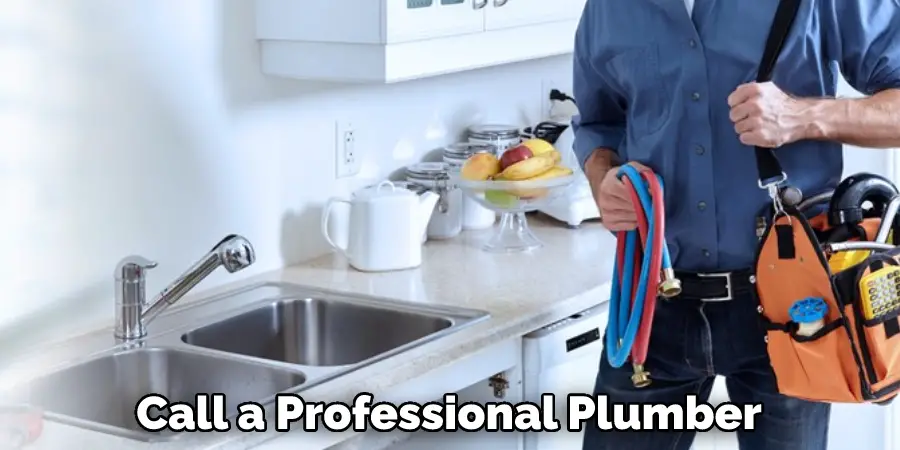
Things to Consider When Fixing Slow Draining Bathtub
1. Clear the Drain:
Start by removing the stopper from the drain and any other debris that may have collected in it. Use a wire hanger or a plumbing snake to clear any clogs that may be preventing the water from flowing freely.
2. Check for Leaks:
Check around the drain, faucet, and tub for signs of a leaky pipe or seal. If you do find a leak, it’s important to fix it as soon as possible to prevent further damage.
3. Clean the P-Trap:
The p-trap is a curved piece of pipe beneath the sink or tub that holds water and prevents sewer gases from entering your home. Over time, it can become clogged with dirt and debris, resulting in slow draining. To clean it, unscrew the cap on the p-trap, remove it and clear any blockages that may be preventing water from flowing freely.
Conclusion
If you have a slow-draining bathtub, there are a few things you can do to try and fix the problem. You can start by using a plunger or a plumber’s snake to clear the clog. If that doesn’t work, you may need to use a chemical drain cleaner or call a professional plumber.
We hope this guide on how to fix slow draining bathtub was helpful. Please share it with your friends on social media if you find it useful. And be sure to check back here soon for more informative guides like this one.

